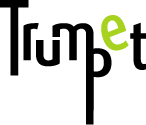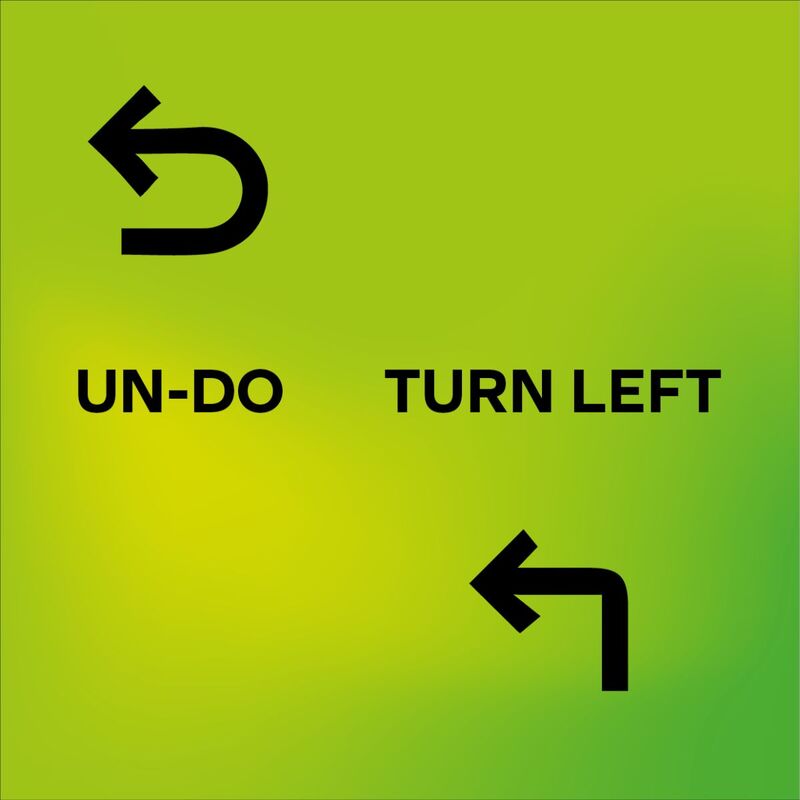|
I asked ChatDPT to write an article about symbols and the meaning of symbols. And visual communication. Blimey. It took less than a minute for it to do so. I also got DALL-E 2 to generate a visual to go with it. I guess my brief was rubbish because the 3 results I got certainly were. Thankfully! I am in a bit of a shock though. That I got a computer to write my e-zine. In seconds! Might be my age but I am slightly horrified by this. But also exited! Surely this is as big a deal as introducing us to the world wide web and smartphones? But then again, I guess portrait painters were frightened when the camera was invented? And we still have the radio going strong despite the telly, YouTube and podcasts... Well here goes. Here’s the article that took less time for ChatDPT to write than it took for me to read it! Symbols and the Meaning of Symbols: Visual Communication
Symbols are a fundamental part of human communication, serving as a visual representation of ideas, emotions, and concepts. From ancient cave paintings to modern-day logos, symbols have been used to convey messages and connect people across cultures, languages, and time. In this article, we will explore the meaning of symbols and their role in visual communication. The Power of Visual Communication Visual communication is a powerful tool that has the ability to convey complex ideas and emotions in a single image. Unlike written or spoken language, visual communication relies on the use of symbols, colors, and images to communicate messages. This form of communication is especially useful when the message is culturally or linguistically diverse. Symbols as Universal Language One of the greatest strengths of visual communication is the use of symbols, which can be understood regardless of language or cultural background. For example, the red cross is a universal symbol for medical aid, and the green and yellow circles on a traffic light represent “go” and “stop” respectively. These symbols are instantly recognizable and can be understood by people from all over the world, making visual communication a universal language. The Importance of Context It’s important to note that the meaning of symbols can change depending on the context in which they are used. For example, a red cross may represent medical aid in one context, but it may represent a pirate flag in another. Therefore, it’s crucial to consider the context in which a symbol is used when interpreting its meaning. Symbols as Cultural Signifiers In addition to their universal meanings, symbols can also have cultural significance. For example, the eagle is a symbol of freedom and strength in the United States, while the dragon is a symbol of power and prosperity in Chinese culture. These cultural symbols reflect the values, beliefs, and traditions of a particular society and can play an important role in shaping cultural identity. The Evolution of Symbols Symbols are not static, and their meanings can change over time. For example, the swastika was once a symbol of good fortune and peace in Hindu and Buddhist cultures, but it has since become associated with the Nazi regime in Germany. The meanings of symbols are constantly evolving, reflecting the changing values and beliefs of societies. Conclusion In conclusion, symbols are an essential part of visual communication, serving as a universal language that can convey complex ideas and emotions in a single image. From universal symbols to cultural signifiers, symbols play a crucial role in shaping our understanding of the world around us. Whether they are used to convey a simple message or to reflect the values and beliefs of a particular culture, symbols are a powerful tool in the visual communication of ideas and emotions. _______________ Well, what do you think? Did ChatDPT impress you too? The above image to the left was designed by DALL-E 2 and the one to the right was designed by me. It doesn't look like I have to worry about my profession just yet. Or maybe I do? Comments are closed.
|
Browse the categories below to read about all things branding.
All
|
- About
-
Portfolio
- Wicklows Historic Gaol
- INDI and NNA
- ONMSD
- HSE
- NU
- Dún Laoghaire-Rahdown County Council
- PacSana
- Saint John of God
- Origina
- End of Life Ireland
- Yes Dynamic
- Park Pets
- Matt Jones
- TEDx
- Naturally Cordial
- Flanagan Kerins
- HSCPA
- Wilfield
- Mandals Advokatene
- Gourmet Chef
- Dalkey Tidy Town
- Tax Advice
- Association Innovation
- 360me
- McKeon Homes
- Clinical Leadership Competency Framework
- Blue Rock Environmental
- Testimonials
- Contact
- BLOG


